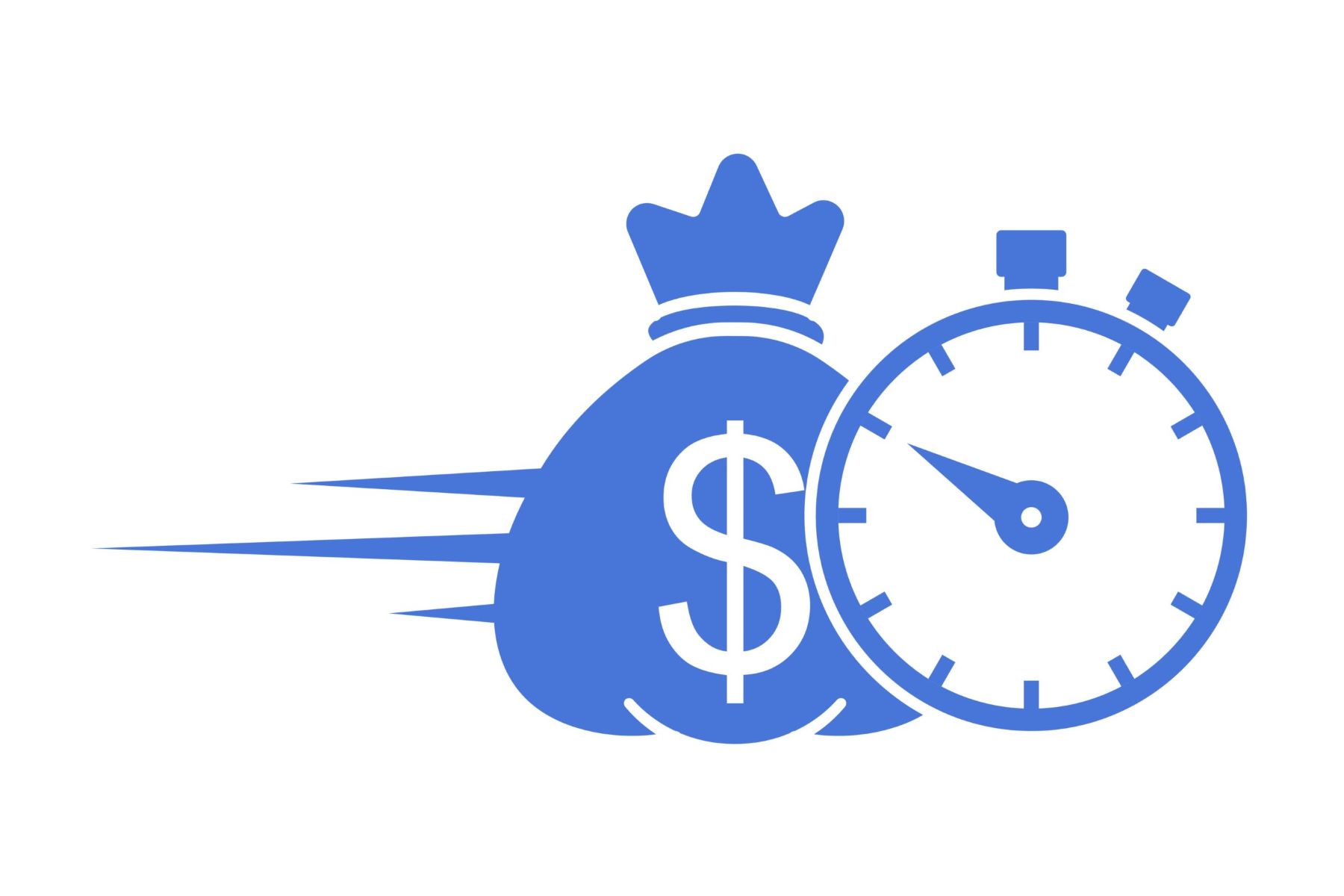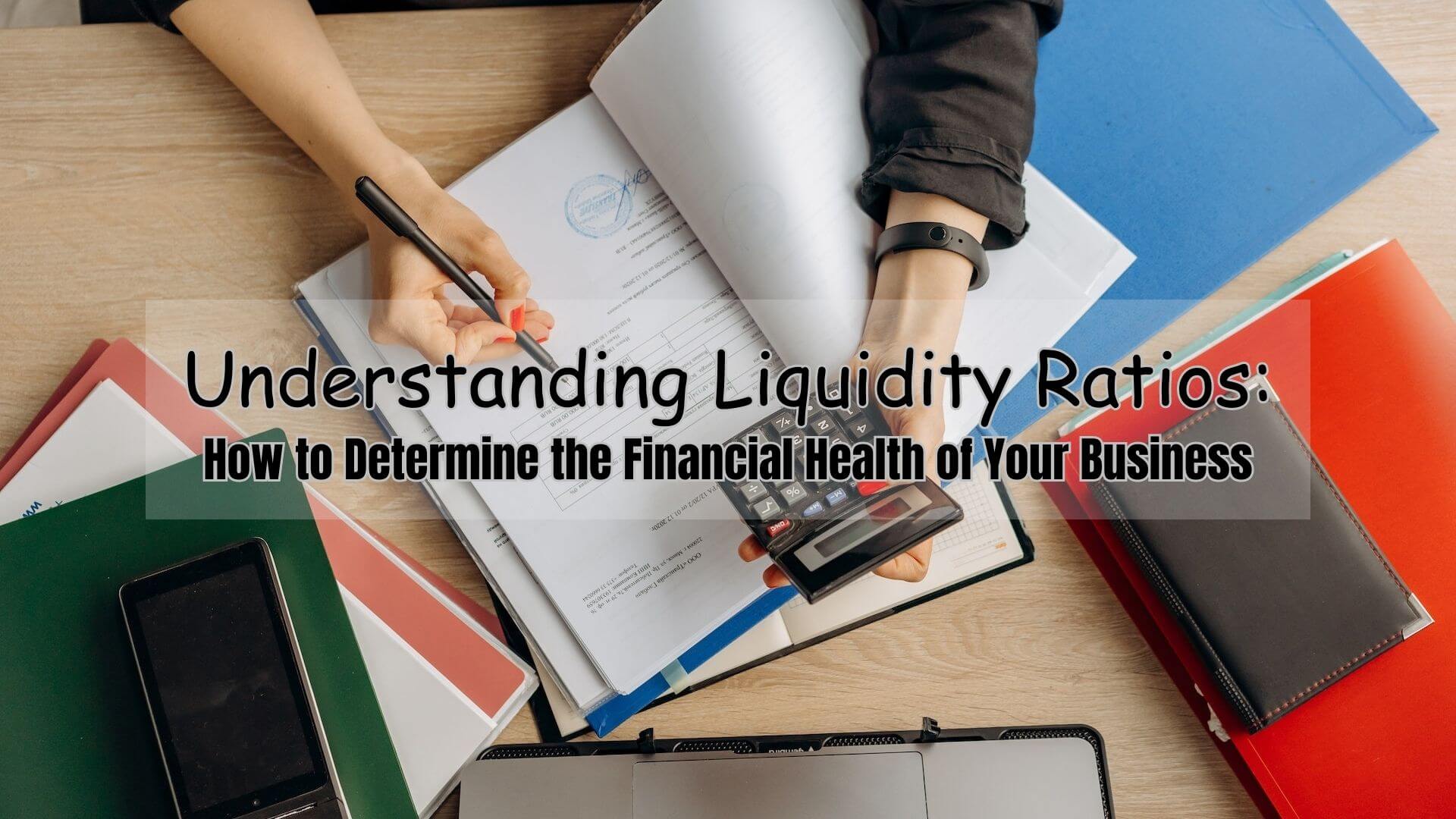

Finance
What Is A Liquidity Grab?
Published: February 23, 2024
Discover the significance of a liquidity grab in finance and its impact on the market. Learn how it affects trading and investment strategies.
(Many of the links in this article redirect to a specific reviewed product. Your purchase of these products through affiliate links helps to generate commission for LiveWell, at no extra cost. Learn more)
Table of Contents
Introduction
Understanding the Concept of Liquidity Grab
Liquidity grab, also known as a liquidity crisis, is a significant event in the financial markets that can have far-reaching implications. It occurs when there is a sudden and substantial demand for liquidity, leading to a shortage of available funds. This phenomenon can manifest in various financial instruments and markets, such as stocks, bonds, and commodities, and it often results in heightened volatility and liquidity risk. Understanding the dynamics of a liquidity grab is crucial for investors, financial institutions, and policymakers, as it can profoundly impact market stability and investor confidence.
During a liquidity grab, market participants scramble to convert their assets into cash, seeking to meet their financial obligations or capitalize on investment opportunities. This heightened demand for liquidity can quickly deplete available funds, leading to a liquidity crunch. The consequences of a liquidity grab can be severe, potentially triggering widespread sell-offs, price distortions, and even systemic risks within the financial system.
In this article, we will delve into the intricacies of liquidity grabs, exploring their causes, impacts, and potential management strategies. By gaining a comprehensive understanding of this phenomenon, investors and financial professionals can better prepare for and navigate through periods of heightened market stress. Let's embark on a journey to unravel the complexities of liquidity grabs and equip ourselves with the knowledge to navigate these challenging financial landscapes.
Understanding Liquidity Grab
At its core, a liquidity grab revolves around the concept of liquidity, which refers to the ease with which an asset can be bought or sold in the market without causing a significant change in its price. When a liquidity grab occurs, the demand for liquidity suddenly surges, outstripping the available supply of funds. This imbalance can lead to a rapid drying up of liquidity, making it difficult for market participants to execute trades or access necessary funds.
One key aspect of understanding a liquidity grab is recognizing the interconnectedness of financial markets. In today’s globalized economy, various markets and instruments are closely linked, and a disturbance in one area can quickly propagate across the entire financial landscape. For instance, a liquidity crunch in the bond market can spill over into equities, commodities, and other asset classes, amplifying the impact of the initial shock.
Moreover, liquidity grabs often coincide with heightened market volatility, as investors and institutions react to the sudden scarcity of funds. This volatility can exacerbate the liquidity crunch, creating a feedback loop where falling prices and uncertainty further diminish liquidity. As a result, liquidity grabs can trigger a downward spiral, posing significant challenges for market participants seeking to unwind positions or meet margin calls.
Furthermore, the speed at which a liquidity grab unfolds is a defining characteristic. Unlike gradual shifts in market conditions, a liquidity grab is marked by its abrupt and disruptive nature. This rapid onset can catch market participants off guard, leading to panic selling, disorderly trading, and a general sense of unease within the financial community.
By comprehending the intricacies of liquidity grabs, market participants can better anticipate and prepare for potential liquidity shocks. Recognizing the warning signs and understanding the underlying factors that contribute to liquidity crunches can empower investors and institutions to implement proactive measures to mitigate the impact of such events.
Causes of Liquidity Grab
The causes of a liquidity grab are multifaceted, often stemming from a confluence of market dynamics, investor behavior, and broader economic conditions. Several key factors can precipitate a liquidity grab, including:
- Market Uncertainty: Heightened uncertainty, whether due to geopolitical tensions, economic instability, or regulatory changes, can prompt investors and institutions to seek refuge in cash or highly liquid assets. This flight to safety can rapidly deplete available liquidity, leading to a liquidity grab.
- Excessive Leverage: When market participants, such as hedge funds or investment banks, operate with high levels of leverage, a sudden adverse price movement can trigger margin calls and forced liquidations. This can strain liquidity and propagate across the financial system, sparking a liquidity grab.
- Disruptions in Funding Markets: Dysfunction in funding markets, such as the interbank lending market or the commercial paper market, can impede the flow of funds between financial institutions. This disruption can cascade through the financial system, constraining overall liquidity and precipitating a liquidity grab.
- Illiquidity in Specific Assets: A sudden loss of confidence in specific assets or market segments can lead to a rush to sell, causing liquidity to evaporate rapidly. This can occur in sectors experiencing distress, speculative bubbles, or unforeseen shocks, triggering a liquidity grab in those areas.
It is important to note that these causes are often interconnected, amplifying the impact of a liquidity grab. For instance, market uncertainty can exacerbate illiquidity in specific assets, while disruptions in funding markets can compound the effects of excessive leverage, creating a domino effect that reverberates throughout the financial system.
Understanding the underlying causes of liquidity grabs is essential for market participants, as it enables them to identify potential triggers and proactively manage their exposure to liquidity risk. By monitoring these factors and their interplay, investors and institutions can adopt risk management strategies to mitigate the impact of liquidity grabs and navigate through turbulent market conditions.
Impact of Liquidity Grab
A liquidity grab can have profound and wide-ranging impacts on financial markets, institutions, and the broader economy. The repercussions of a liquidity grab extend beyond immediate market dislocations and can reverberate across various facets of the financial landscape:
- Market Volatility: Liquidity grabs often coincide with heightened market volatility, as sudden shifts in supply and demand dynamics lead to erratic price movements. This volatility can unsettle investors, exacerbate risk, and contribute to a climate of uncertainty within the financial markets.
- Asset Price Distortions: In times of liquidity stress, asset prices may deviate significantly from their fundamental values. This can create arbitrage opportunities for astute investors but can also lead to mispricing and inefficiencies in the market, impacting overall market integrity.
- Funding Pressures: Financial institutions may face challenges in securing funding during a liquidity grab, leading to increased borrowing costs and constraints on their ability to extend credit. This can impede the flow of capital to businesses and consumers, potentially dampening economic activity.
- Systemic Risks: A severe liquidity grab has the potential to propagate systemic risks, particularly if it triggers distress in interconnected financial institutions or markets. The interconnected nature of the financial system can amplify the impact of a liquidity crunch, posing threats to financial stability.
- Investor Confidence: Persistent liquidity stress can erode investor confidence, leading to capital flight, reduced investment activity, and a general aversion to risk-taking. Restoring investor confidence in the aftermath of a liquidity grab can be a protracted process, impacting market participation and sentiment.
Moreover, the impact of a liquidity grab is not confined to financial markets alone. It can spill over into the real economy, affecting businesses, employment, and consumer spending. Tightened credit conditions and market turmoil can disrupt investment plans, impede business expansion, and contribute to an overall slowdown in economic growth.
Recognizing the far-reaching impact of liquidity grabs underscores the importance of proactive risk management and robust contingency planning. Market participants, regulators, and policymakers must remain vigilant in monitoring liquidity conditions and implementing measures to mitigate the potential fallout from liquidity grabs, safeguarding financial stability and market resilience.
Examples of Liquidity Grab
Throughout financial history, numerous instances of liquidity grabs have left an indelible mark on markets and shaped the trajectory of the global economy. These examples illustrate the diverse manifestations and far-reaching consequences of liquidity grabs:
- 2008 Financial Crisis: The global financial crisis of 2008 was characterized by a widespread liquidity grab, as concerns over the solvency of financial institutions and the quality of mortgage-backed securities triggered a severe funding squeeze. Interbank lending froze, money market funds faced redemption pressures, and liquidity evaporated from various segments of the financial system, culminating in a full-blown liquidity crisis.
- Flash Crash of 2010: The “flash crash” of May 6, 2010, exemplifies a rapid and extreme liquidity grab in the equity markets. During this event, U.S. stock markets experienced a precipitous and inexplicable plunge, with the Dow Jones Industrial Average shedding nearly 1,000 points in a matter of minutes. This sudden and severe downturn, attributed to high-frequency trading and liquidity imbalances, underscored the vulnerability of modern markets to liquidity shocks.
- European Sovereign Debt Crisis: The sovereign debt crisis that engulfed several European countries in the aftermath of the global financial crisis exemplified a protracted liquidity grab. Investors’ concerns over the creditworthiness of sovereign debt issuers led to heightened market volatility, surging bond yields, and a flight to safety, straining liquidity in government bond markets and exacerbating funding pressures for financial institutions.
- COVID-19 Pandemic: The outbreak of the COVID-19 pandemic in early 2020 precipitated a liquidity grab across global financial markets. As the pandemic unleashed widespread uncertainty and economic disruption, investors rushed to liquidate assets, leading to heightened volatility, strained liquidity in credit markets, and sharp price dislocations. Central banks and policymakers intervened aggressively to restore liquidity and stabilize financial markets in the face of this unprecedented shock.
These examples underscore the diverse triggers and manifestations of liquidity grabs, spanning different asset classes, geographies, and market structures. They serve as poignant reminders of the inherent fragility of liquidity dynamics and the potential for rapid liquidity evaporations to cascade into full-blown crises, underscoring the imperative of robust risk management and vigilance in monitoring liquidity conditions.
Managing Liquidity Grab
Effectively managing a liquidity grab requires a multifaceted approach that encompasses proactive risk management, regulatory oversight, and market interventions. Market participants and policymakers can employ various strategies to mitigate the impact of liquidity grabs and restore stability to financial markets:
- Liquidity Stress Testing: Financial institutions conduct regular stress tests to assess their resilience to liquidity shocks. By simulating adverse scenarios and evaluating the impact on funding and liquidity positions, firms can identify potential vulnerabilities and take preemptive measures to bolster their liquidity buffers.
- Enhanced Regulatory Oversight: Regulators play a pivotal role in monitoring liquidity conditions and setting prudential standards to promote sound liquidity risk management. Regulatory frameworks, such as liquidity coverage ratios and net stable funding ratios, aim to ensure that financial institutions maintain adequate liquidity buffers to withstand periods of market stress.
- Central Bank Interventions: Central banks can provide liquidity support to financial institutions and markets during periods of heightened stress. Through open market operations, discount window facilities, and emergency lending programs, central banks can inject liquidity into the financial system, alleviating funding pressures and restoring confidence.
- Market Transparency and Communication: Clear and timely communication from market participants, central banks, and regulatory authorities is crucial in managing liquidity grabs. Transparent disclosures regarding liquidity positions, risk exposures, and contingency plans can enhance market confidence and facilitate a coordinated response to liquidity challenges.
- Contingency Planning: Market participants should develop robust contingency plans to address potential liquidity grabs. This involves establishing lines of credit, diversifying funding sources, and maintaining sufficient liquid assets to weather periods of market turmoil. Contingency planning enables firms to respond swiftly to liquidity disruptions and mitigate their impact.
Furthermore, fostering a culture of risk awareness and prudent liquidity management is essential in navigating liquidity grabs. Market participants should prioritize sound risk governance, effective liquidity risk measurement, and the maintenance of diversified funding sources to enhance their resilience to liquidity shocks.
By implementing these measures and fostering a proactive and coordinated approach to liquidity risk, market participants and regulatory authorities can enhance the resilience of financial markets, mitigate the impact of liquidity grabs, and promote stability in the face of adverse market conditions.
Conclusion
Liquidity grabs represent pivotal moments in the financial markets, characterized by sudden surges in liquidity demand and the ensuing strain on available funds. These events can unleash widespread market dislocations, exacerbate volatility, and pose systemic risks, underscoring the critical importance of understanding, managing, and preparing for liquidity shocks.
By comprehending the underlying dynamics and causes of liquidity grabs, market participants can proactively identify potential triggers and implement robust risk management strategies to mitigate their impact. Enhanced regulatory oversight, stress testing, and contingency planning are essential components of a comprehensive approach to managing liquidity risk and promoting market resilience.
Furthermore, the interconnected nature of global financial markets necessitates a coordinated and proactive response to liquidity grabs. Clear communication, transparency, and central bank interventions play a pivotal role in restoring confidence and alleviating funding pressures during periods of heightened market stress.
As financial markets continue to evolve and face new challenges, the lessons gleaned from historical liquidity grabs serve as valuable guideposts for navigating future uncertainties. By fostering a culture of risk awareness, prudent liquidity management, and a coordinated approach to addressing liquidity risk, market participants and regulatory authorities can fortify the foundations of financial stability and resilience.
Ultimately, the ability to anticipate, manage, and mitigate the impact of liquidity grabs is essential for safeguarding the integrity and stability of financial markets, fostering investor confidence, and sustaining the smooth functioning of the global economy.














